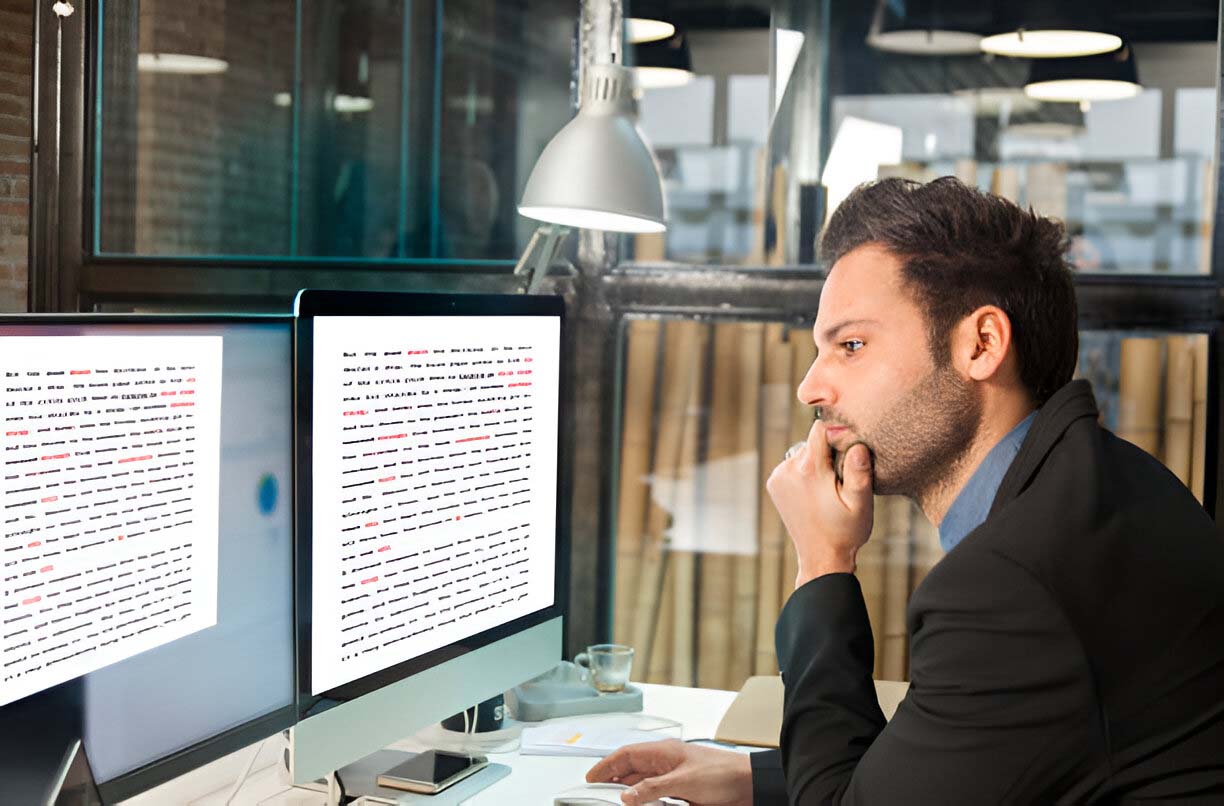In the digital age, artificial intelligence (AI) has revolutionised various industries, including translation services. As global communication needs grow, AI-driven tools are becoming increasingly essential in bridging language gaps efficiently and accurately. This article explores the evolving role of AI in professional translation and how it enhances traditional methods.

How AI is transforming translation
AI-powered translation tools have made significant strides in recent years. Machine learning algorithms and neural networks enable these tools to learn from vast amounts of data, improving their accuracy and fluency over time. Popular AI translation services, such as Google Translate and DeepL, utilise these technologies to provide instant translations for a wide range of languages.
Benefits of AI in translation
– 1. Speed and efficiency: AI translation tools can process large volumes of text quickly, making them ideal for businesses that need to translate extensive documents within tight deadlines.
– 2. Cost-effectiveness: Using AI for initial translations can reduce costs, especially for routine or repetitive tasks, allowing human translators to focus on more complex and nuanced content.
– 3. Consistency: AI tools can maintain consistent terminology and phrasing across large projects, which is crucial for brand messaging and technical documentation.
The human touch: enhancing AI translations
While AI offers remarkable capabilities, it is not without limitations. AI-generated translations can sometimes miss cultural nuances or context-specific meanings, leading to inaccuracies. This is where human expertise becomes indispensable. Professional translation services provide essential post-editing and proofreading of AI-generated content to ensure high-quality, accurate translations.
Combining AI with human expertise
– 1. Post-editing AI translations: Translators review and refine AI-generated content, correcting errors and ensuring the text reads naturally in the target language. Skrivanek offers specialized services for editing both AI-generated and human-created content, ensuring the highest standards of accuracy and fluency.
– 2. Cultural adaptation: Human translators bring cultural insights that AI cannot replicate. They adapt content to resonate with the target audience, considering idiomatic expressions, cultural references, and local customs.
– 3. Quality assurance: Combining AI with human expertise provides a robust quality assurance process. AI handles the bulk of translation work efficiently, while human translators ensure the final product meets professional standards.
The future of translation services
As AI technology continues to evolve, its integration with professional translation services will likely deepen. Innovations such as real-time translation devices and advanced machine learning models promise to further enhance the speed and accuracy of translations. However, the human element will always be crucial in delivering culturally relevant and contextually accurate translations.
Conclusion
AI has undeniably transformed the landscape of translation services, offering speed, efficiency, and consistency. However, the combination of AI and human expertise ensures the highest quality of translation, preserving the subtleties and nuances that only a human can understand. By leveraging both AI and professional translators, services like Skrivanek provide comprehensive language solutions that meet the demands of a globalised world.








